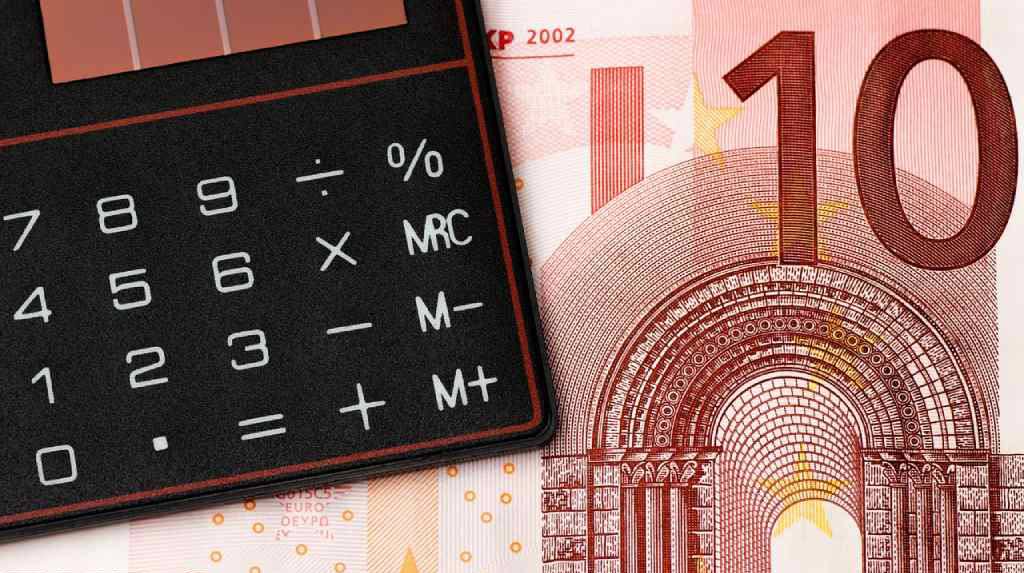

The equation proposed by Fernández is valid for perpetuities and for companies with any pattern of growth.
October 1, 2005
Many authors calculate the value of tax shields in terms of the appropriate present value of the tax savings due to interest payments on debt. Others propose that the tax savings should be discounted either at the risk-free rate or at the cost of capital for the unlevered firm. In his research paper "The Value of Tax Shields Depends Only on the Net Increases of Debt," IESE Financial Management Professor Pablo Fernández shows that the value of tax shields depends only on the nature of the stochastic process of the net increases of debt.
The tax shield is the strategy of reducing income tax liabilities by taking allowable deductions from the taxable income. For example, because interest on debt is a tax-deductible expense, taking on debt can act as a tax shield.
Though tax shields are an important tactic, there is no consensus regarding the correct way to compute their value. Most authors think of calculating the value of the tax shield in terms of the appropriate present value of the tax savings due to interest payments on debt. Others propose to discount the tax savings at the risk-free rate. While some financial theorists propose discounting these tax savings at the cost of capital for the unlevered firm, others suggest discounting the tax savings the first year at the cost of debt and the following years at the cost of capital for the unlevered firm.
In his paper "The Value of Tax Shields Depends Only on the Net Increases of Debt," Financial Management Professor Pablo Fernández of IESE Business School shows that the value of tax shields depends only upon the nature of the stochastic process of the net increases of debt. More specifically, Fernández proves that the value of tax shields in a world with no leverage cost is the tax rate times the current debt, plus the tax rate times the present value of the net increases of debt.
The equation proposed by Fernández is valid for perpetuities and for companies with any pattern of growth. The problem is how to calculate the present value of the net increases of debt, which requires knowing the appropriate discount rate to apply to the expected increase of debt.
To develop a better understanding of the general formula, the paper applies it to specific situations. For example, it applies it to debt of one-year maturity that is perpetually rolled-over. It also looks at the situation when debt is proportional to the equity market value; when debt is proportional to the equity book value; and when debt increases are as risky as the free cash flows. The formula is also applied to companies with a preset amount of debt. Fernández systematizes the field and identifies the right case or situation when each of the solutions offered by other authors should be used.
For instance, for perpetual debt, the value of tax shields is equal to the tax rate times the value of debt.
When the debt level is fixed, Fernández suggests using the formula proposed by Modigliani and Miller. The value of tax shields is the present value of the tax shields, discounted at the required return to debt.
If the leverage ratio (D/E, where D is debt value and E is equity value) is fixed at market value, then the formula proposed by Miles and Ezzell applies, argues Fernández. There are, however, some caveats. First, Miles and Ezzell imply that the risk of raising the new debt is similar to the risk of free cash flow. Second, the assumption Dt=L*Et is not a good description of the debt policy of any company because if a company has only two possible states of nature in the following period, it is clear that under the worst state (low share price) the leveraged company will have to raise new equity and repay debt. This is not the moment companies prefer to raise equity, claims Fernández. And third, although it is an elegant solution, Dt=L*Et is not a realistic one, as no company has apparently followed this financing policy.
If the leverage ratio is fixed at book values and the increases of assets are as risky as the free cash flows (the increases of debt are as risky as the free cash flows), then a formula proposed by Fernández in a previous work applies: the value of tax shields VTS 0 =D 0 *Ku*T/ (Ku-g).
The paper also develops new formulas for the situation in which the leverage ratio is fixed at book values but the increases of assets have a different risk than the free cash flow.